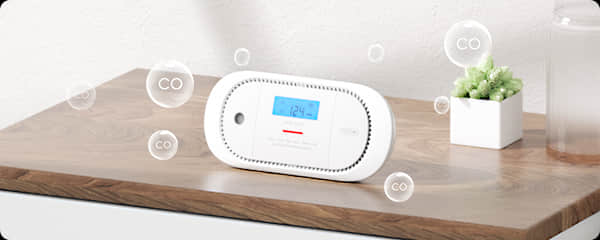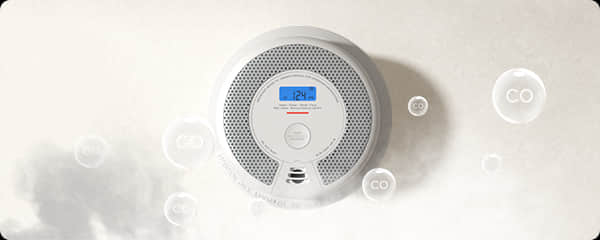Carbon Monoxide Detector Placement: Maximizing Safety in Your Home Layout
Fri, Apr 19, 2024
Ensuring your home is protected from the dangers of carbon monoxide (CO) involves not just having CO detectors, but also placing them strategically for maximum effectiveness. Proper carbon monoxide detector placement can be the difference between an early warning and a failed detection.

Key Placement Considerations
Here are best practices on where to place carbon monoxide detectors in your home:
- Near Bedrooms: Install CO detectors within hearing distance of every sleeping area. This ensures that the alarm will wake you up if CO levels rise at night.
- On Every Level: Optimal CO detector locations include at least one on every level of your home, including the basement. This helps detect CO buildup anywhere in your home.
- Central Locations: For centralized protection, place detectors in the main living areas, such as living rooms or dens.
- Above Gas Appliances: If you use gas-burning appliances, install a detector within 15 feet of the appliance to detect leaks early.
- Not in Corners or Closed Spaces: Avoid carbon monoxide detector placement in corners, behind furniture, or in closed-off spaces where airflow is limited.
- Away From Humidity: High humidity areas like bathrooms can affect detector function. Keep detectors at least 10 feet away from bathrooms or humidifiers.
- Avoid Direct Sunlight: Direct sunlight can affect the sensors in the detectors, so place them away from large windows or glass doors.
- Elevated Position: CO is slightly lighter than air; however, it is often carried in warm, rising air. Positioning the detector at least five feet above the ground can help in detecting CO efficiently.
Additional Tips
- Follow Manufacturer Instructions: Always adhere to the specific guidance provided by the manufacturer regarding carbon monoxide detector placement.
- Maintenance and Testing: Regular testing and maintenance are as crucial as placement. Test your detectors monthly and replace batteries as recommended.
- Interconnectivity: If possible, use interconnected CO detectors so that when one sounds, they all do, ensuring you are alerted no matter where you are in your home.
- Avoid Ventilation Areas: Keep detectors away from windows, doors, and ducts where drafts might skew the CO readings.
Conclusion
The right carbon monoxide detector placement can save lives by providing an early warning of CO presence. By installing detectors near bedrooms, on every level, and in central living areas, while avoiding areas that could lead to false alarms or missed detections, you maximize the safety and effectiveness of CO detectors in your home. Remember, staying informed and vigilant about the placement and maintenance of your CO detectors is a key part of keeping your home safe.












